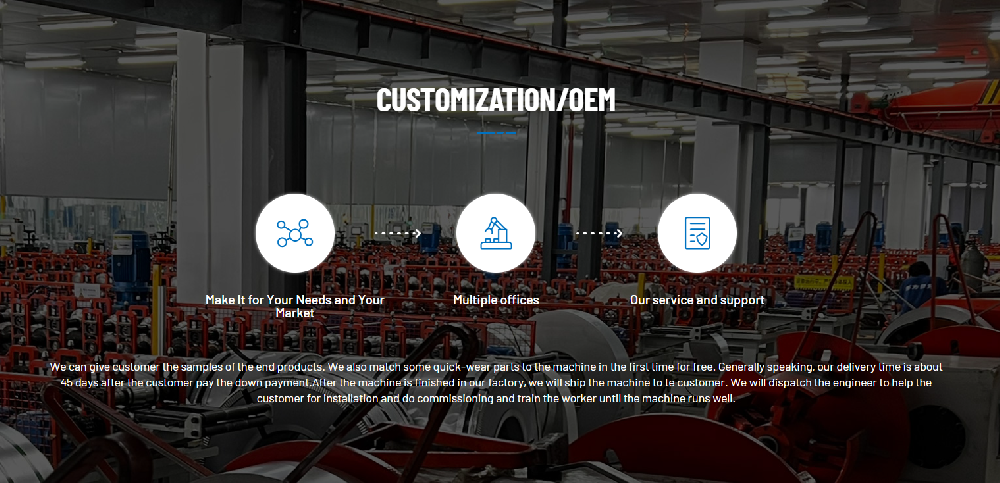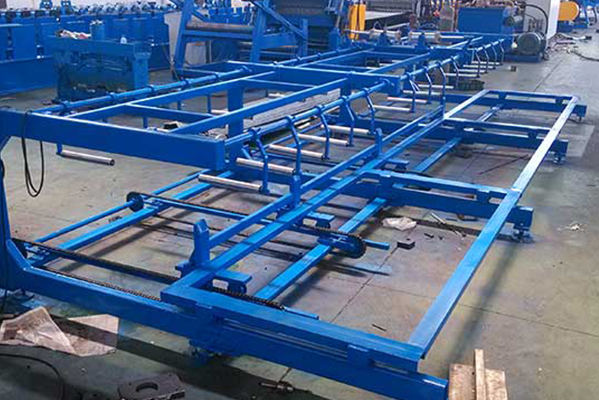Navigation Menu
Contact Us
- Email:
- info@wxavatar.com
- Address:
- Yurong Village, Yuqi Street, Huishan District, Wuxi, China.
Release Date:Jul 28, 2025 Visit:44 Source:Roll Forming Machine Factory
In modern industrial systems and equipment design, there has been a noticeable shift toward prioritizing seamless compatibility between auxiliary machines and their main units. This focus stems from several practical considerations that impact operational efficiency, system reliability, and overall performance.

Enhanced System Integration
One primary reason for this emphasis is the need for better system integration. When auxiliary components are designed with main unit compatibility in mind, they can communicate more effectively, share data more efficiently, and operate with greater synchronization. This integration reduces potential bottlenecks that can occur when mismatched components attempt to work together.
Performance Optimization
Compatible auxiliary machines contribute significantly to the optimal performance of the entire system. Well-matched components ensure that the main unit isn't being held back by inferior or mismatched peripherals. This balanced approach allows all parts of the system to operate at their intended capacity without creating unnecessary strain on any single component.
Maintenance and Service Considerations
Systems with high compatibility between main units and auxiliary machines tend to experience fewer operational issues. When problems do occur, troubleshooting becomes more straightforward as technicians can rule out compatibility issues more quickly. This leads to reduced downtime and lower maintenance costs over the equipment's lifecycle.
Cost Efficiency in Operations
Investing in compatible systems often proves more economical in the long run. While compatible components might sometimes carry higher initial costs, they typically lead to lower total cost of ownership through improved energy usage, reduced wear and tear, and longer service intervals. This cost efficiency makes compatible systems attractive from a financial perspective.
Technological Advancements Driving Compatibility
Modern technological developments have made compatibility easier to achieve. Standardized communication protocols, modular design philosophies, and advanced control systems allow for smoother integration between various components. These technological improvements encourage manufacturers to prioritize compatibility in their product designs.
User Experience and Operational Simplicity
Systems with well-matched components tend to offer simpler operation and more intuitive controls. Operators can manage the entire system more effectively when all parts work together harmoniously, reducing the learning curve and minimizing operational errors.

As industrial systems become more sophisticated, the relationship between main units and their auxiliary machines will continue to be a critical consideration in equipment design and selection. This focus on compatibility represents a practical approach to achieving reliable, efficient, and cost-effective operations across various industries.